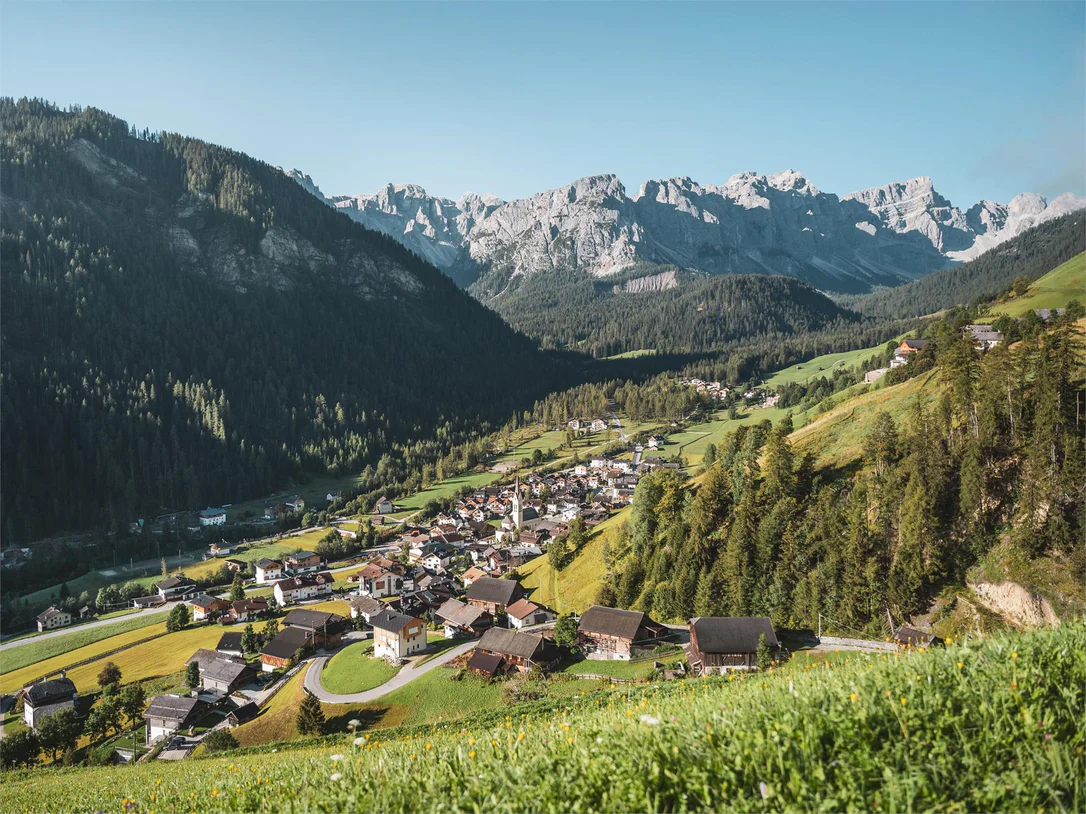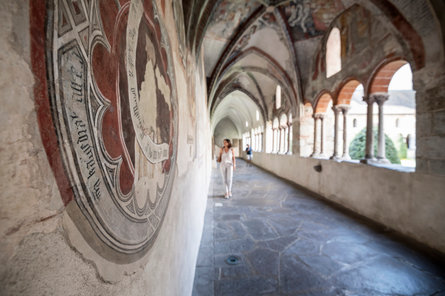
Our province was already settled 5,300 years ago, as the discovery of Ötzi the Iceman in the South Tyrolean mountains attests. The history of South Tyrol becomes somewhat more complicated when we consider the shifting of the region's national borders throughout the course of history: From 1363, South Tyrol was part of the County of Tirol in the Habsburg Empire. Then, after the end of World War I in 1919, it was annexed by Italy. This political change has shaped the culture as it stands today: It’s why we speak German and Italian, the reason you'll find Knödel dumplings and spaghetti in our cuisine, and why as people we’re reliable and calm at the same time.






